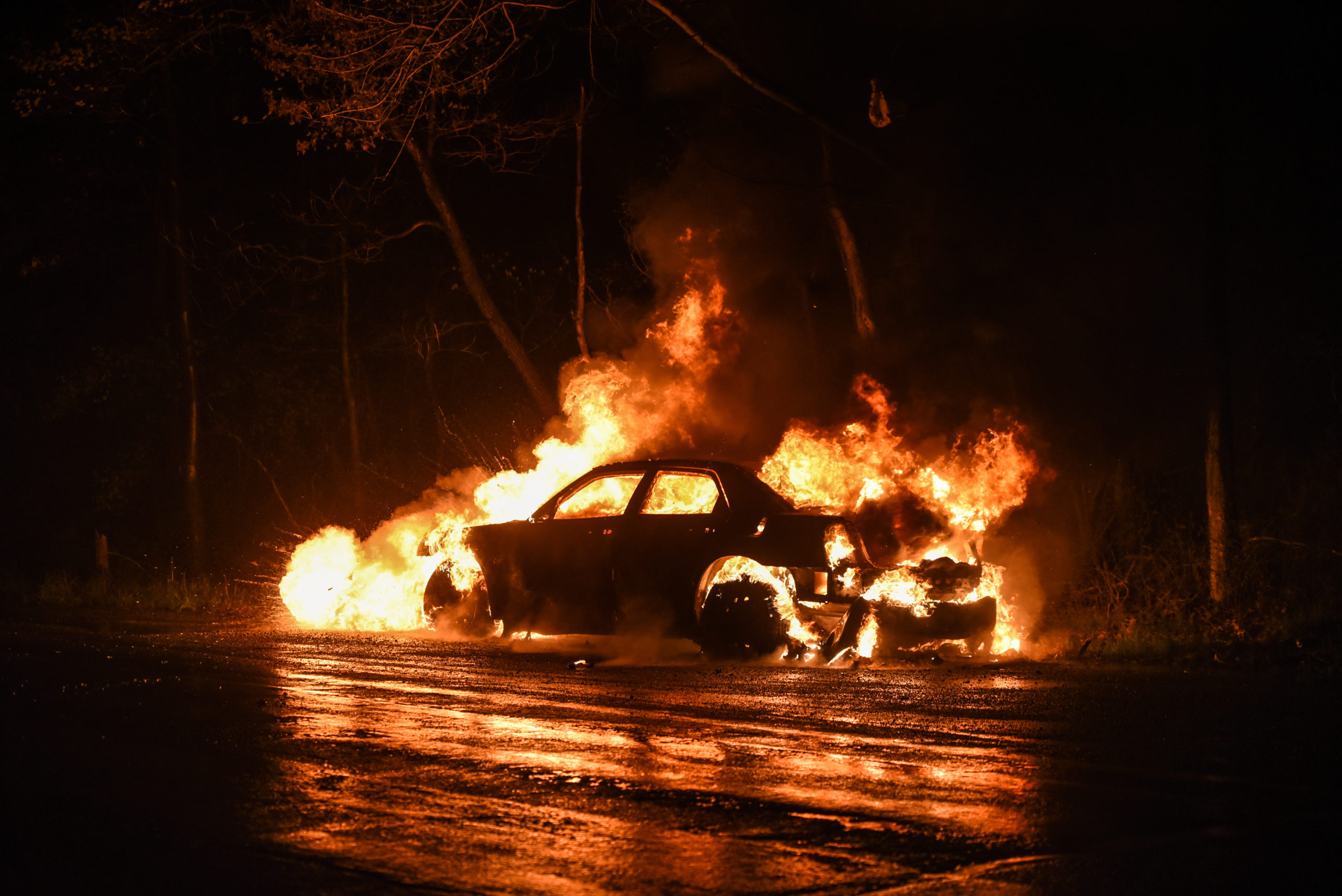
With over 20,000 vehicle-related fires every year across the UK, fire investigation experts are routinely instructed to determine their cause, through the careful analysis and scrutiny of fire-damaged vehicles. Fire investigations are necessary not only to understand and prevent future incidents, but also to settle third-party insurance claims—and yet vehicle fire investigations are a very niche field.
TRL’s independent experts carry out thorough examinations to provide robust and objective opinions, assisting clients to understand the origins and development of vehicle-related fires. Different materials in a vehicle have different melting, vapour, flash, and combustion points, and analysing which materials have melted or combusted and which haven’t, can provide investigators with a good indication of where the origin of a fire may lie. Melted glass or alloys assist with this, with known melting ranges.
Detailed inspections can also allow TRL’s experts to identify evidence of burn patterns, analyse the behaviour of combustible materials and assess potential ignition sources. Diesel, for example, has a much higher vapour and combustion point than petrol but once it ignites the combustion temperature and self-feeding makes it much harder to extinguish. Petrol, on the other hand, is much more volatile, with a much lower vapour and flash points, and can be readily ignited from a conducted source, an electrical source, or a radiated source. Once alight, petrol can then serve to heat up other fuel sources that have a much higher vapour and ignition point, such as diesel and plastics.
As technology develops and changes through the years, so do the causes of vehicle fires. The electrification of so many functions in cars, such as electrical power steering, ABS, traction control and more, leads to any component having the potential to overheat and start a fire. As electric vehicles become more widespread, experts are finding that lithium batteries are a real problem. If they do catch fire, it can take many hours to extinguish – lithium being a metal that will readily combust on exposure to the air.
In fatal fires, the data collected from an investigation is reported to the relevant Coroner who may report to the Driver and Vehicle Standards Agency, who then undertake action and try to prevent any similar problems in the future, possibly via vehicle recalls. This can influence improved and safer vehicle design.
The technology and the continuous developments are necessary, but they need to be dealt with responsibly. Vehicle users should ensure expert maintenance is carried out on their cars, including of all the electronics and engine mechanisms. Ongoing maintenance can reduce the risk of vehicle fires.
For more information on this topic, or to discuss a particular case you are working on, come and talk with our experts at the TRL Investigations Team.






